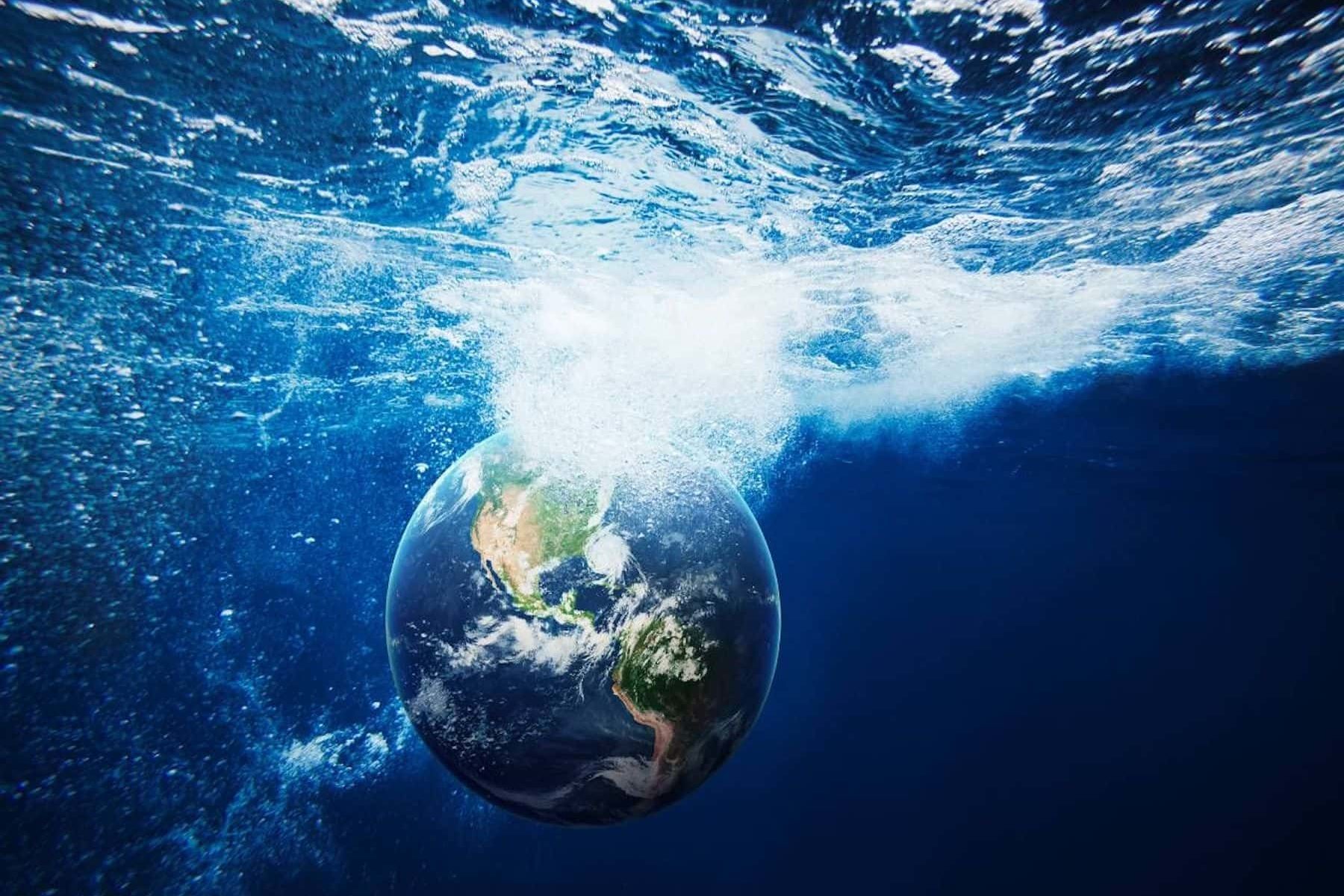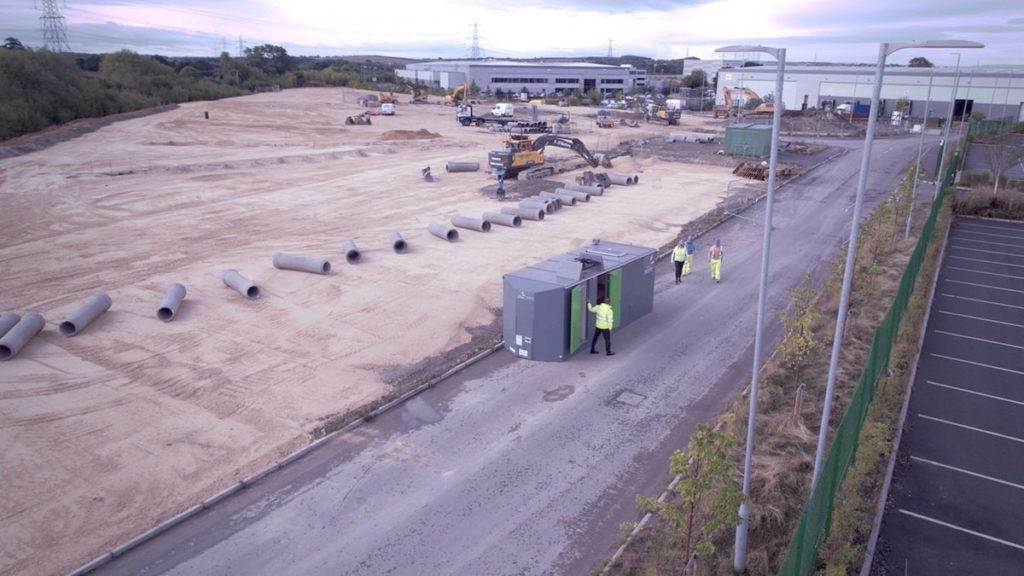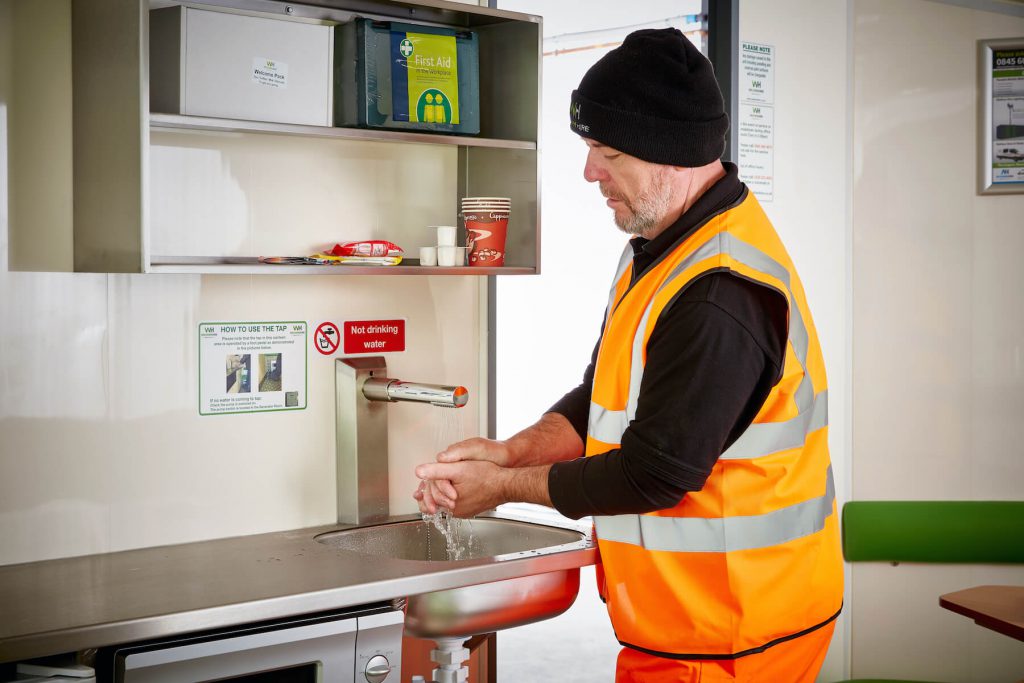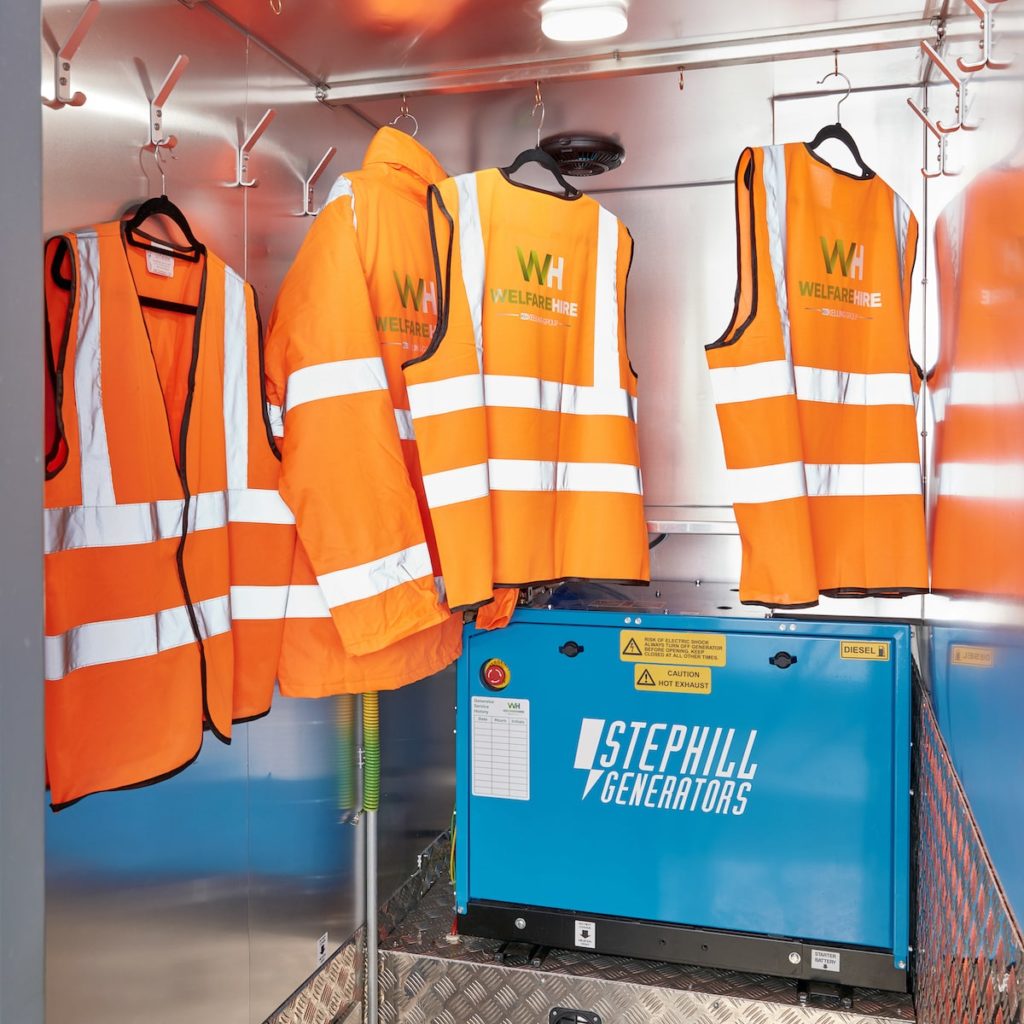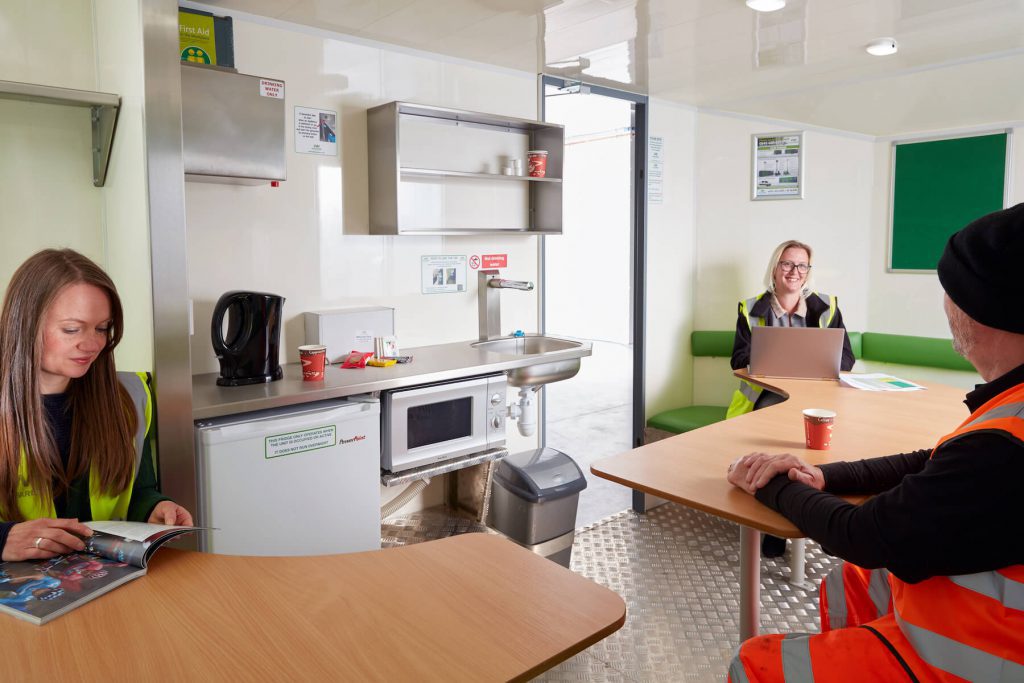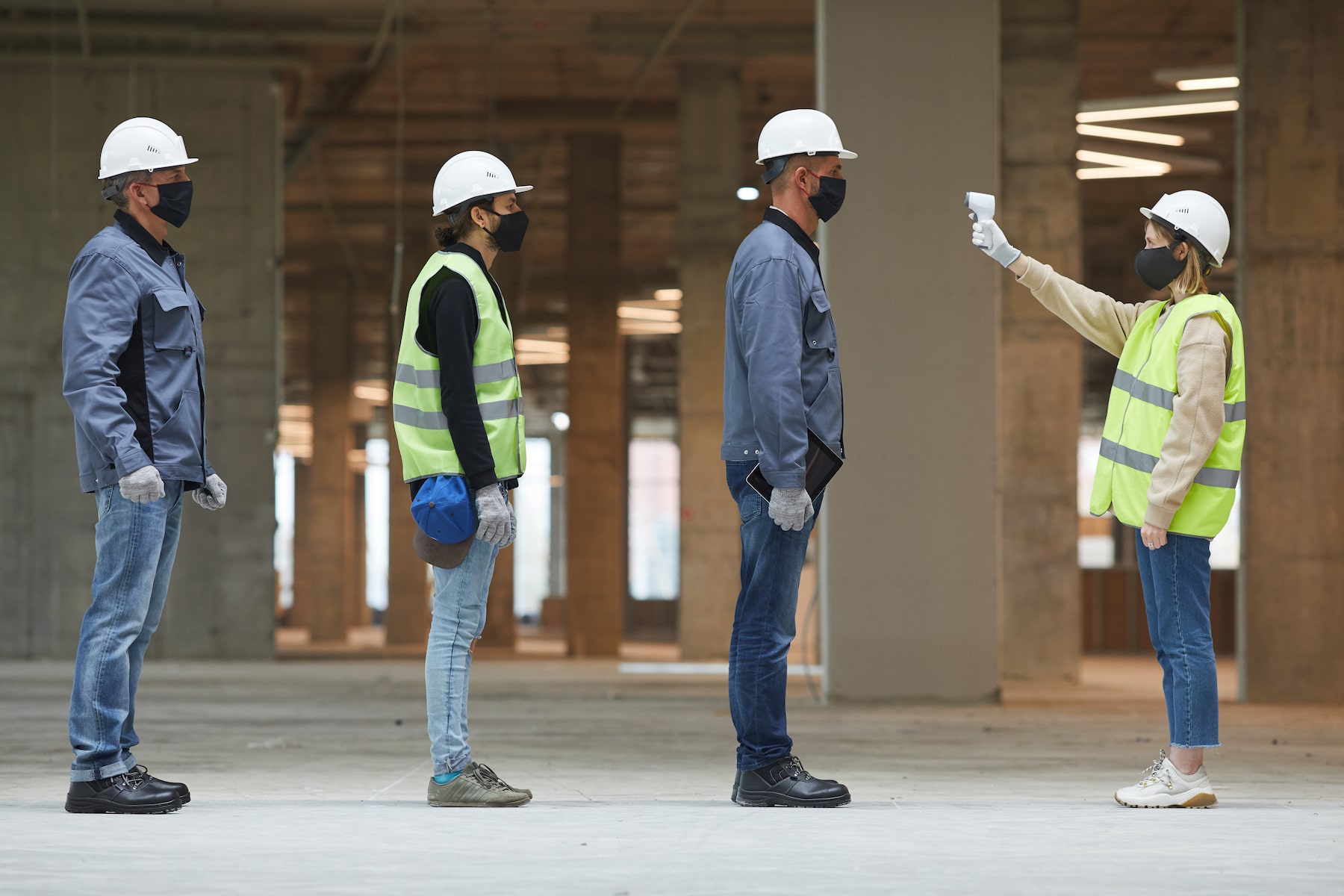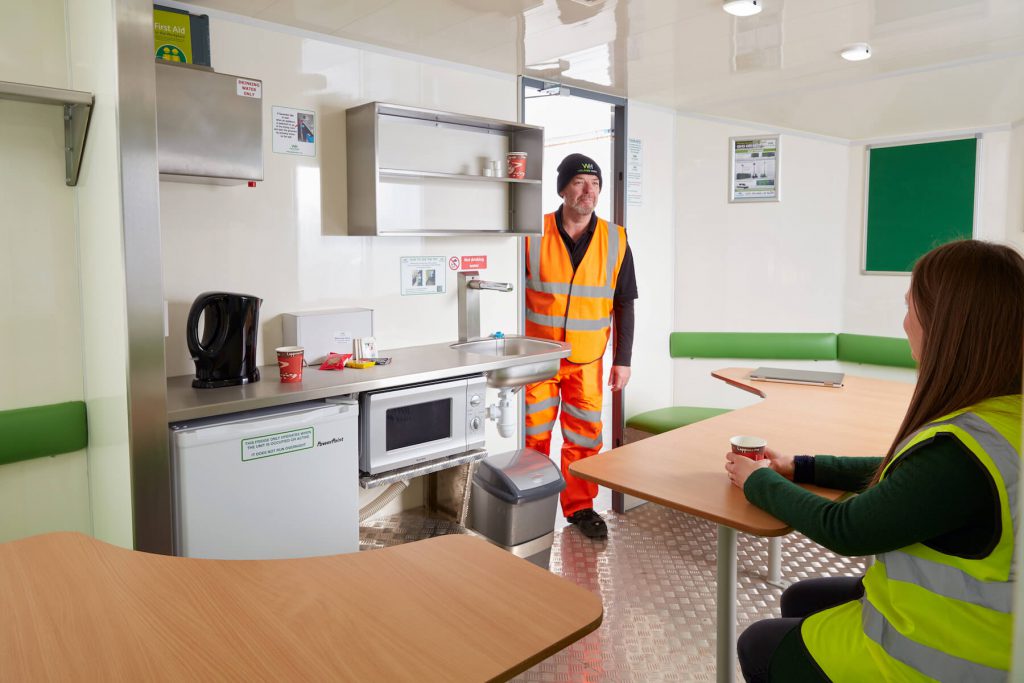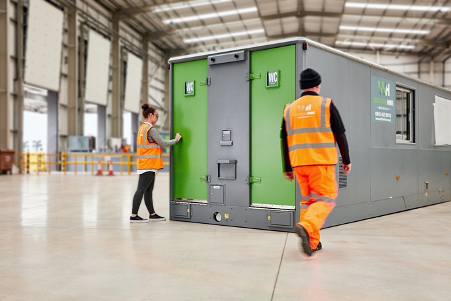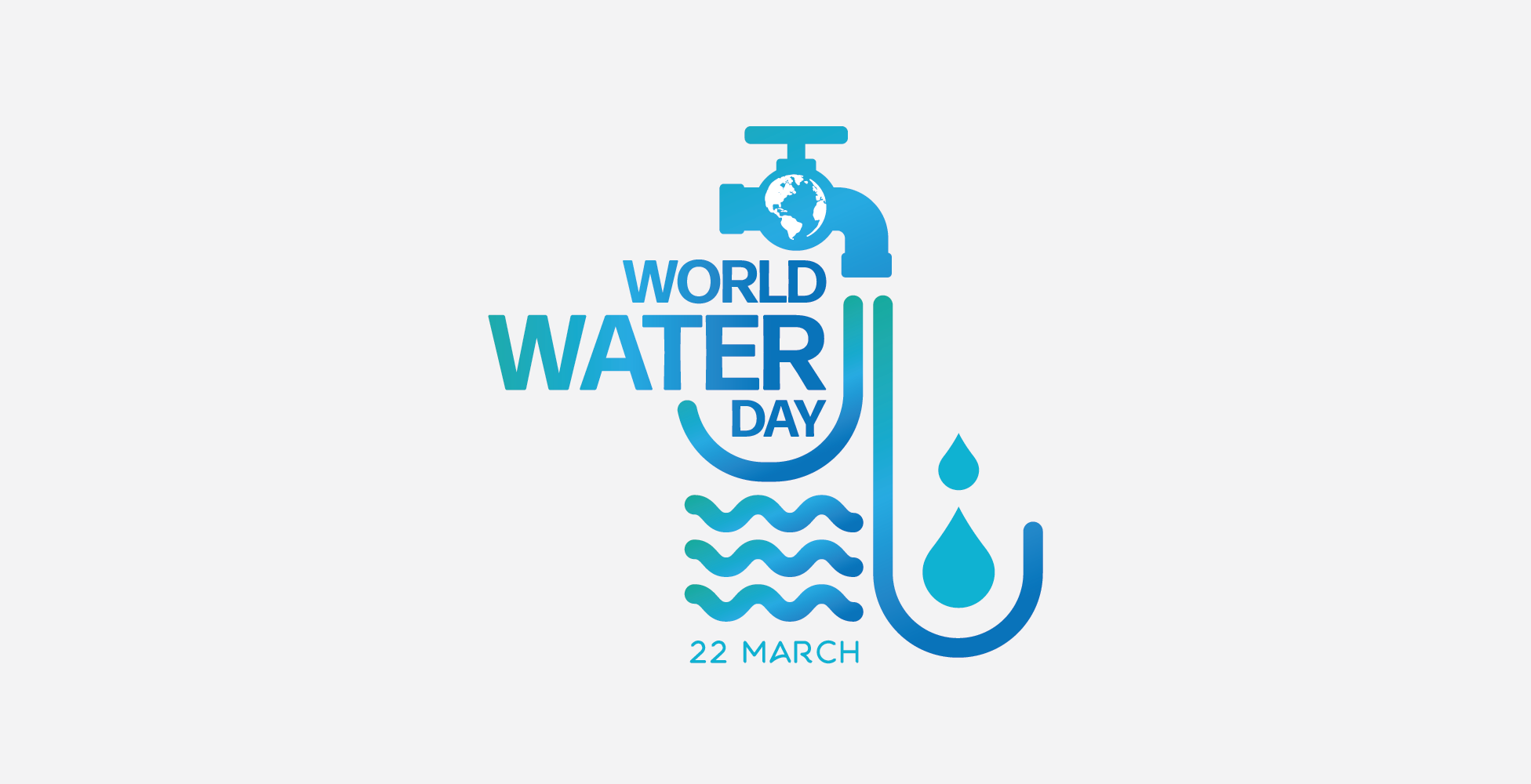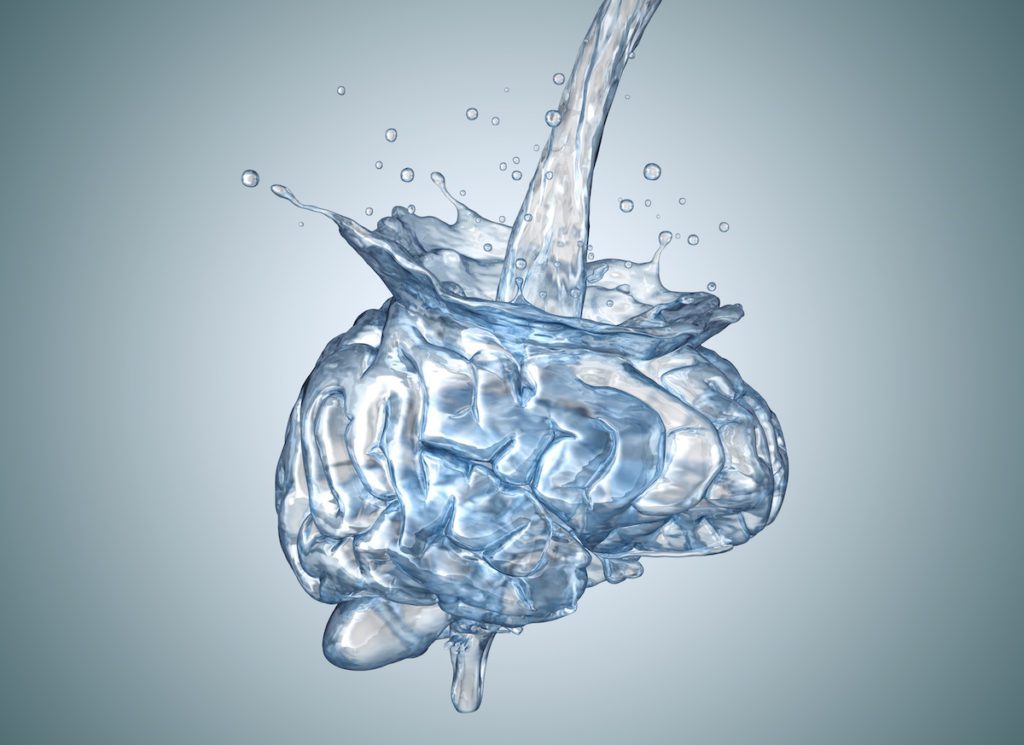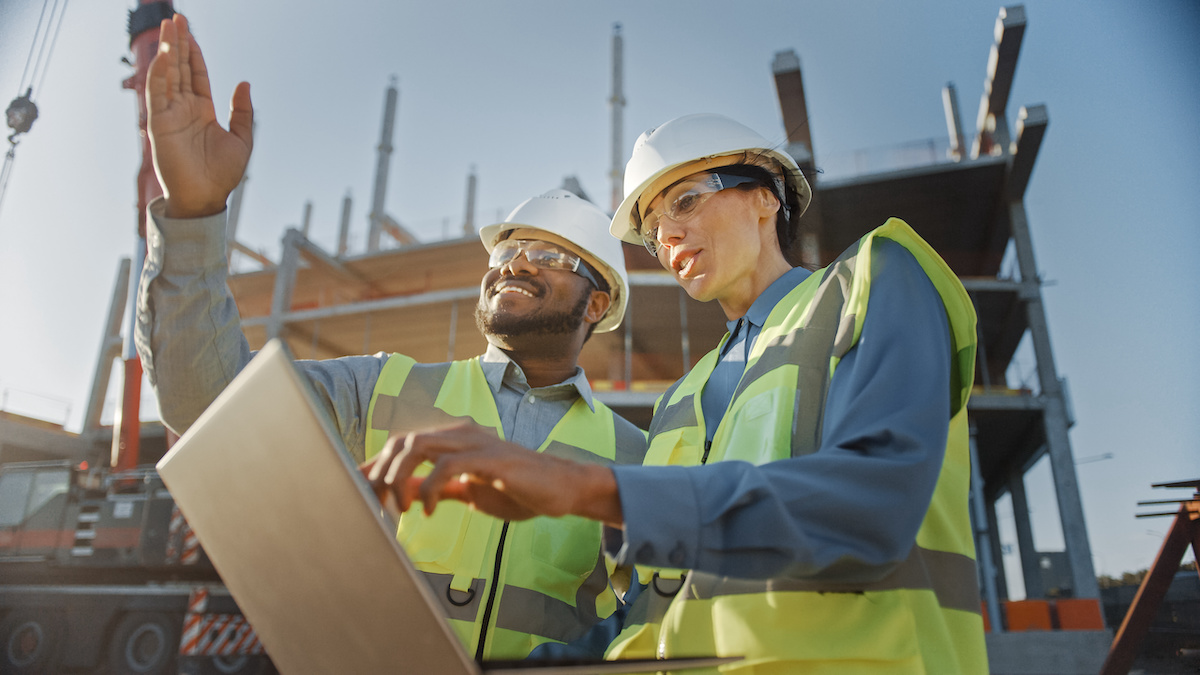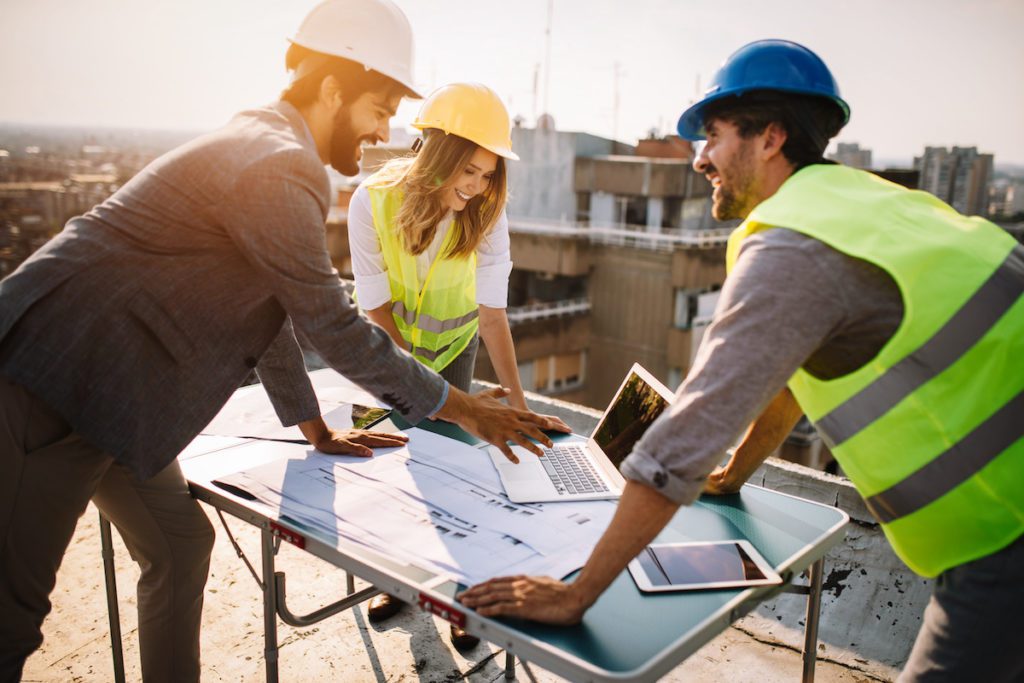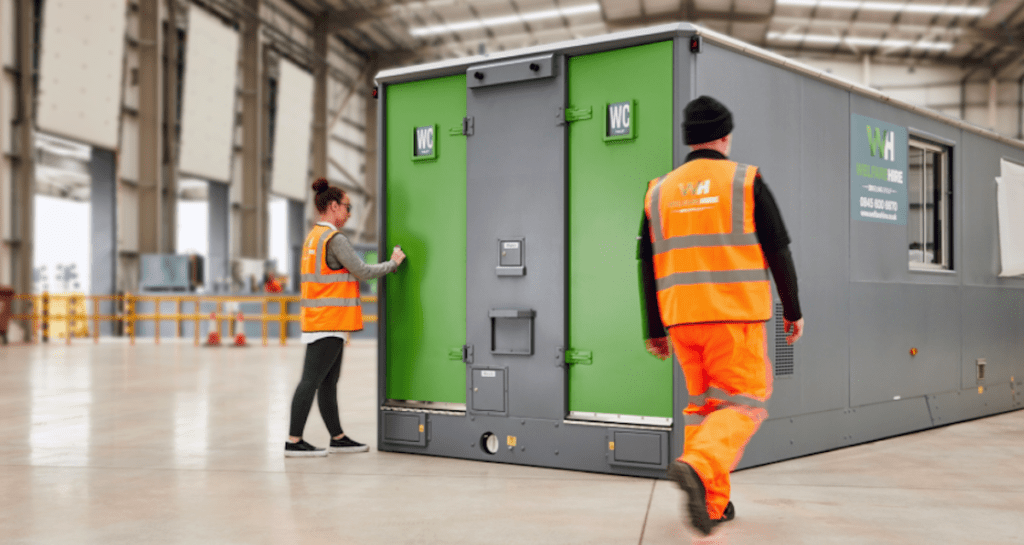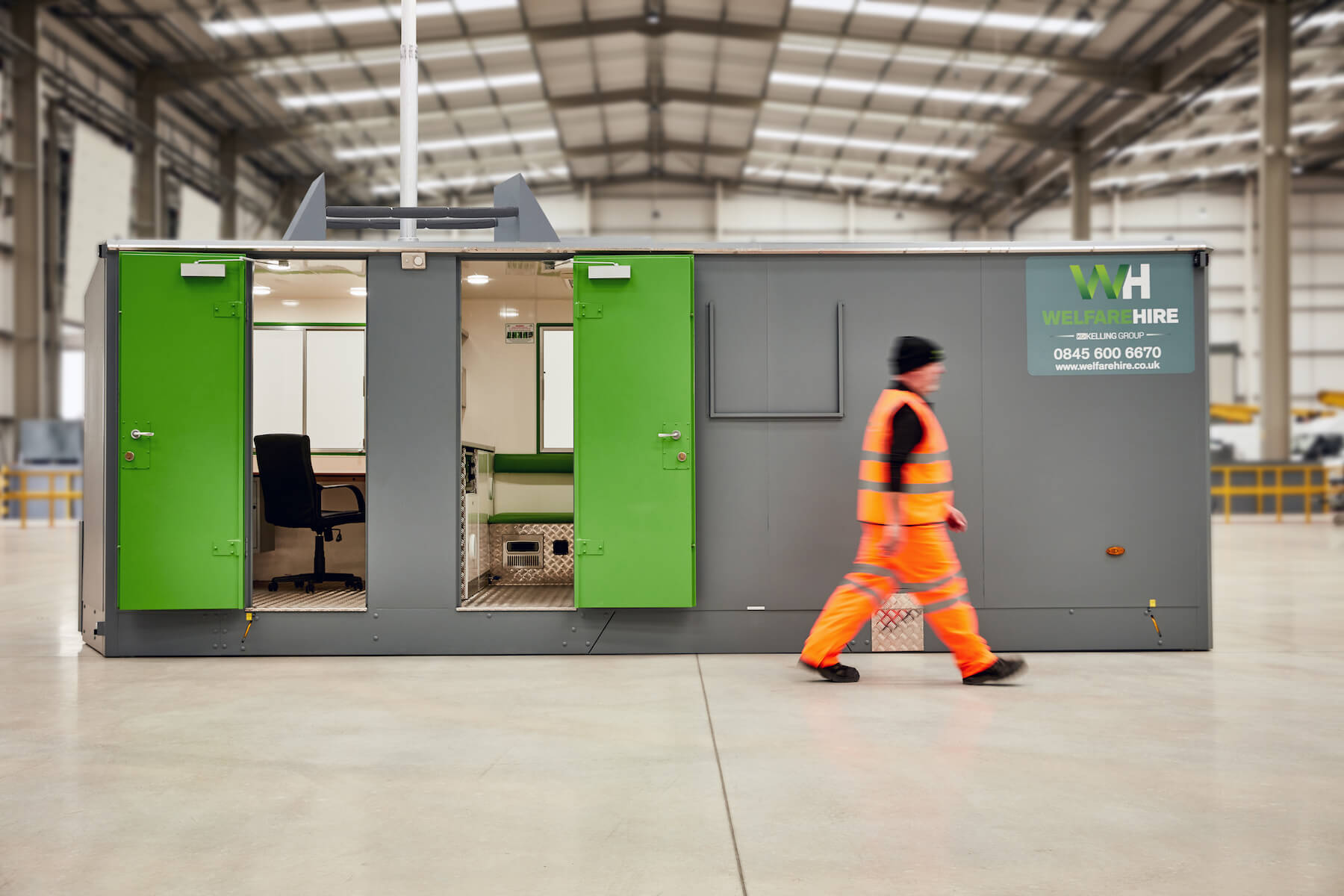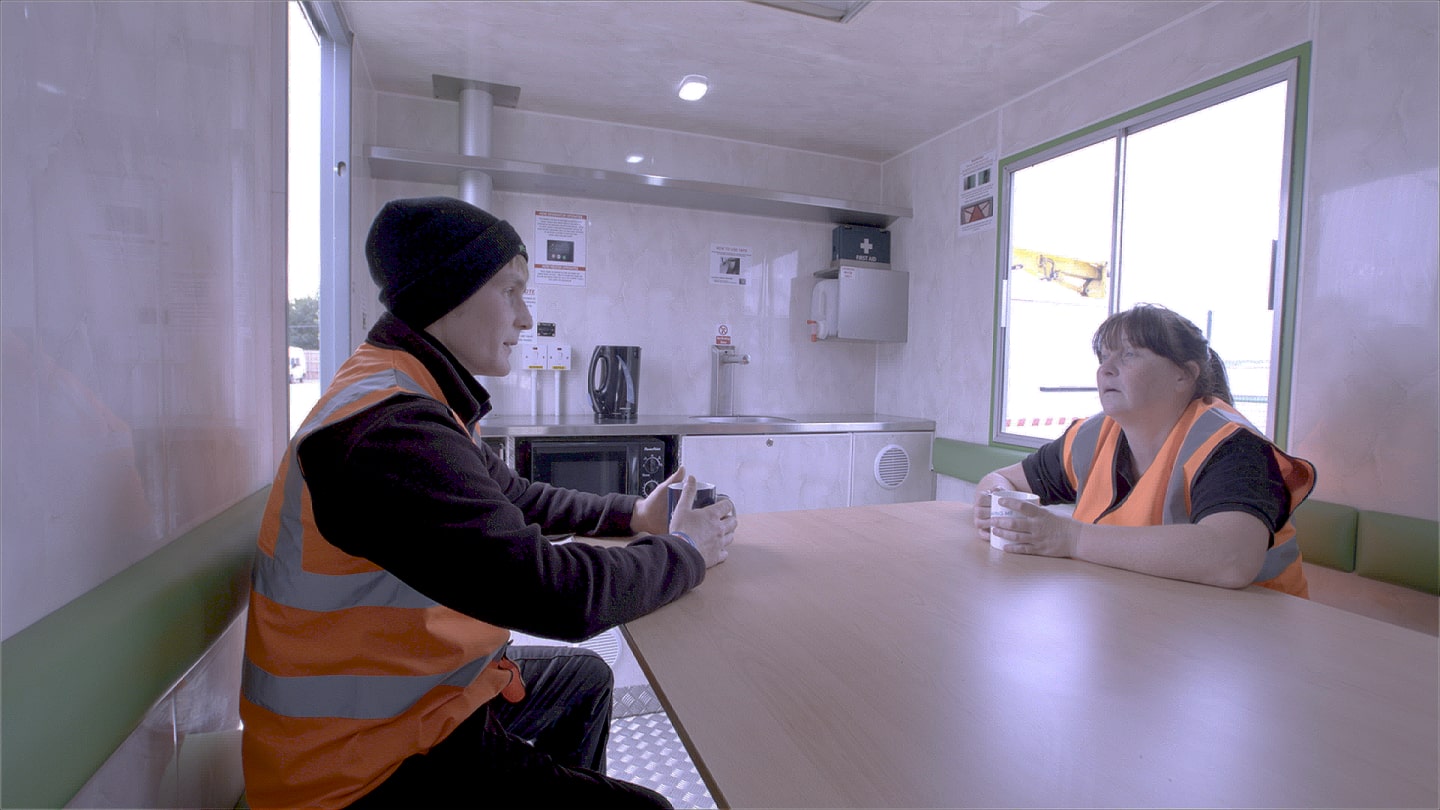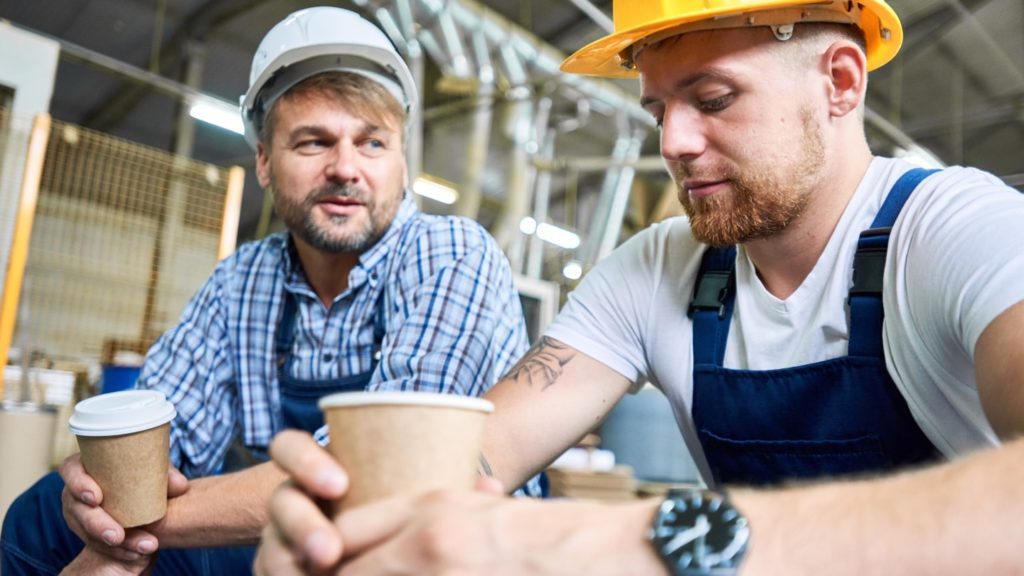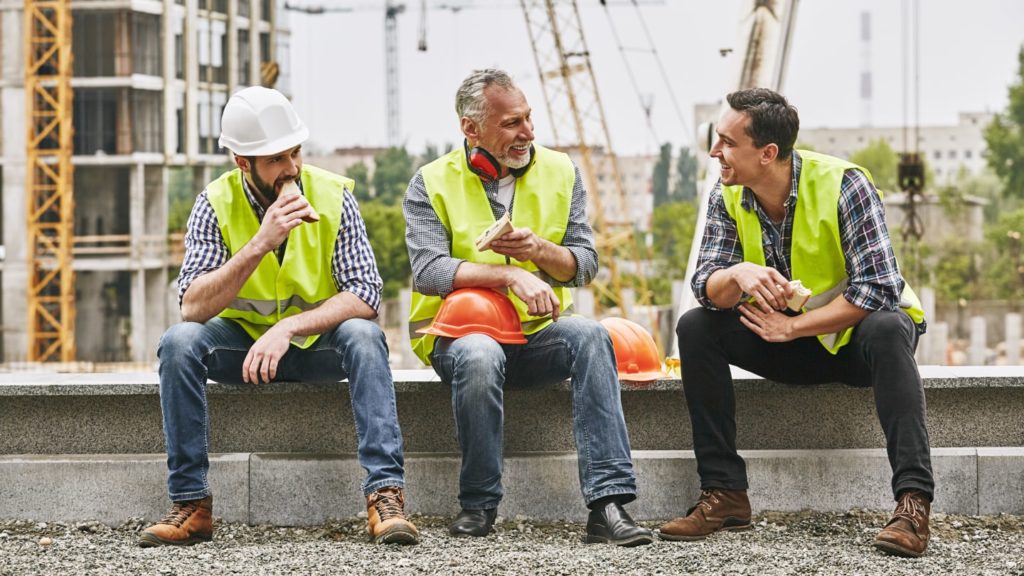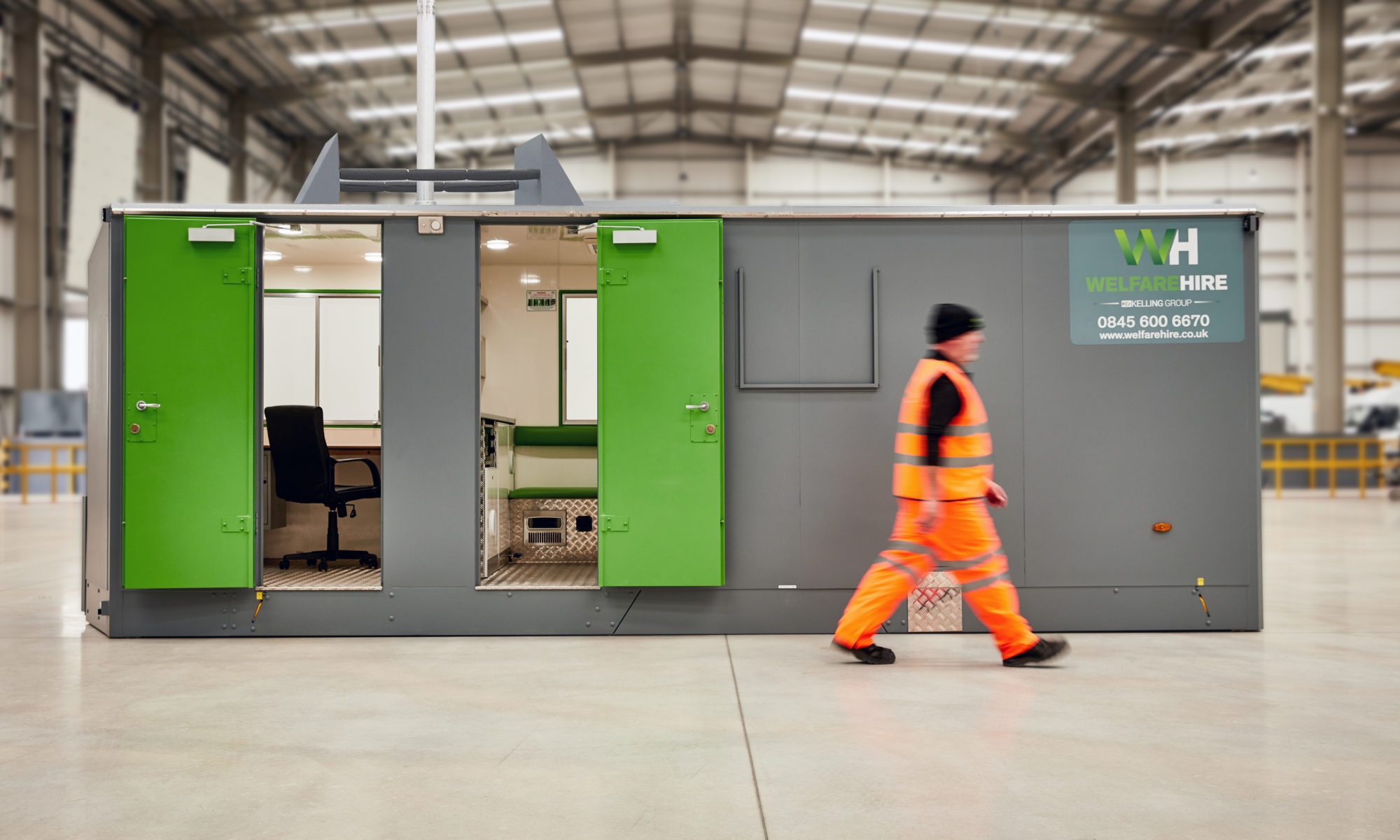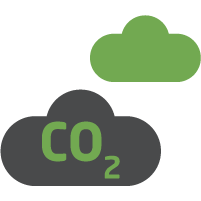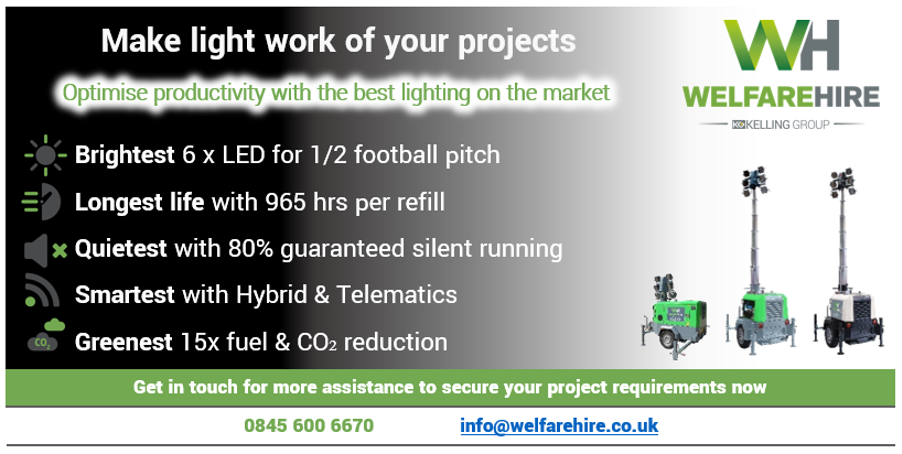This year’s Water Saving Week is all about highlighting the ecological impact of water wastage. As we’ve discussed before, the construction industry has a profound responsibility to rise to the occasion and become more green – and more innovative onsite water usage is a great place to start.
But when we talk about the ecological impact of mobile welfare units and Smart Water wc systems in site welfare hire products, it tends to frame the issue as purely a question of environmental duty. And that overlooks the simple fact that more efficient water usage is not only good for the environment – it’s good for your business. We look at how Welfare Units can save water on site.
The Business Case For Saving Water
To understand the full financial implications of water usage, we need to unpack each element that goes into supplying your site with H2O. While water itself is relatively low cost, keeping your facilities fully serviced and operational brings with it operational and financial overheads.
First, you need to undertake regular servicing to ensure your WC facilities are properly maintained, emptied and replenished. And given that most welfare units require weekly servicing, this adds up very quickly across multiple welfare units and projects.
But you also incur operating and administrative costs in the management of regular water replenishment and waste services. Service vehicle transport and associated externalities, you will notice, are also big sources of CO2 emissions, demonstrating how business and environmental incentives so often overlap.
Ultimately, inefficient waste and water service systems can have a seriously negative impact on the environment and your bottom line – especially on larger sites.

How Smart Water Systems Improve Your Bottom Line
Our fleet of mobile ECO welfare units features innovative Smart Water systems. These systems not only provide up to 4x more hot water for handwashing and water flush ceramic toilets – they also resolve the problems described above.
These Smart Water Systems are extra-large, increasing capacity and therefore requiring fewer servicing intervals. While the average onsite chemical toilet reaches capacity and requires servicing on a weekly basis, our unique XL Smart Water systems are, on average, only 40% full by the end of a single week.
This means they only require servicing every two to three weeks. So you can more than halve the frequency and costs of services, without compromising; in fact, you will actually improve onsite hygiene and facilities, as well as reducing labour and operational costs significantly.
By simultaneously reducing your carbon footprint and the cost of maintaining your onsite water supply, our mobile ECO welfare units empower our partners to help both the planet and their business.
